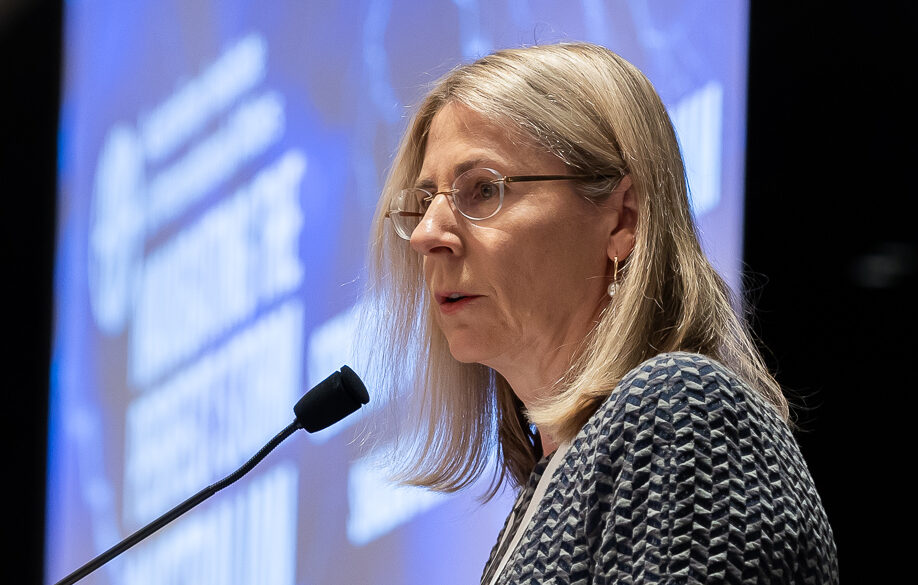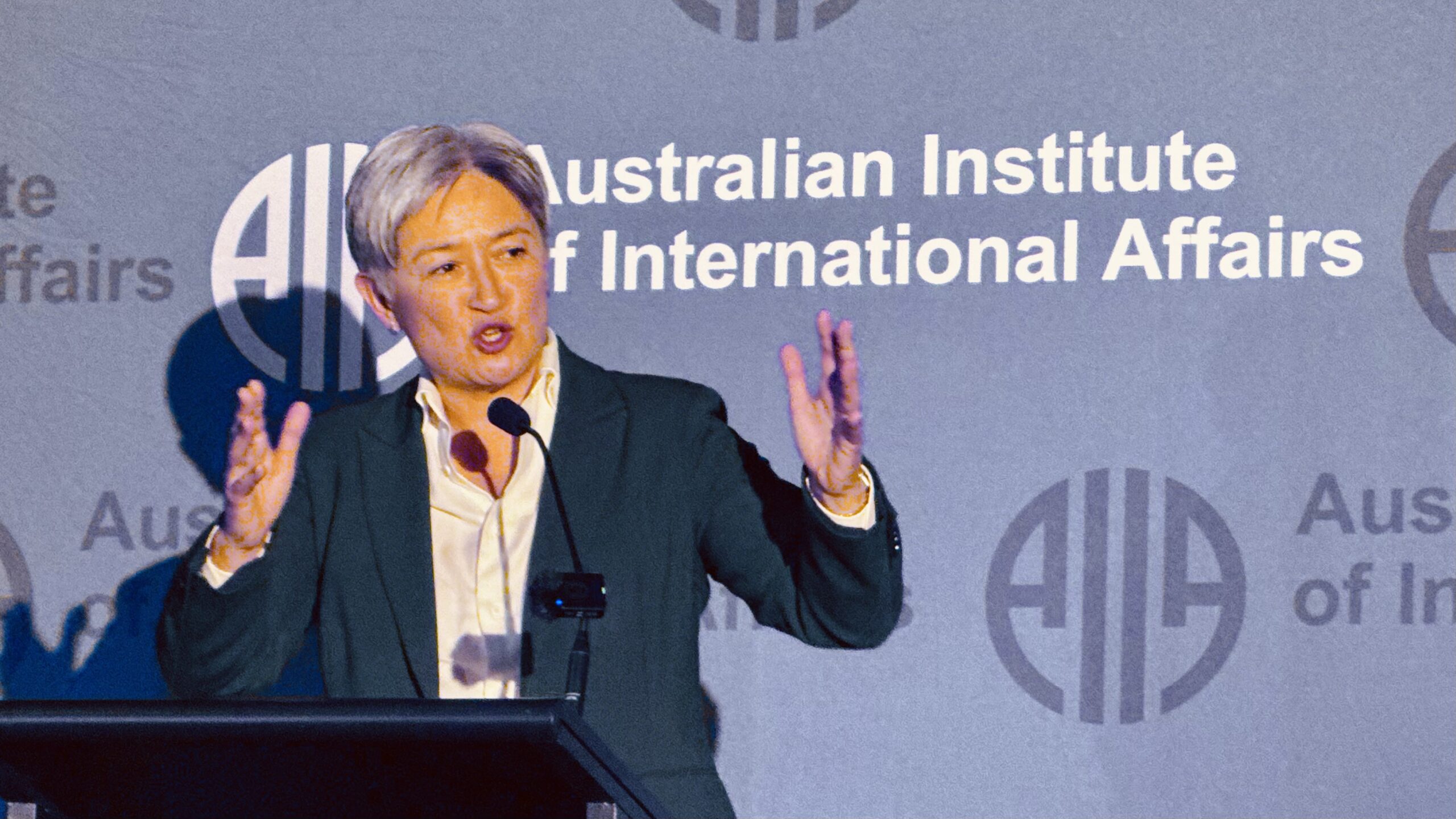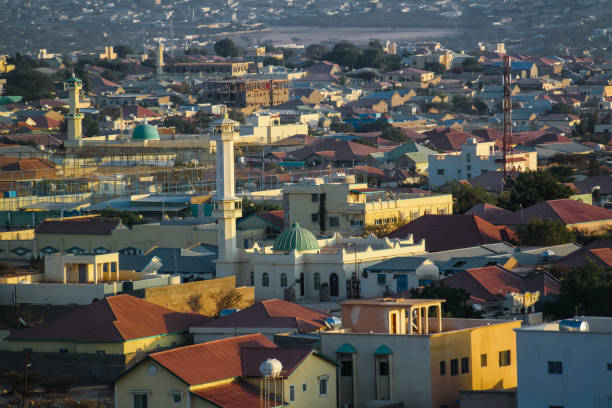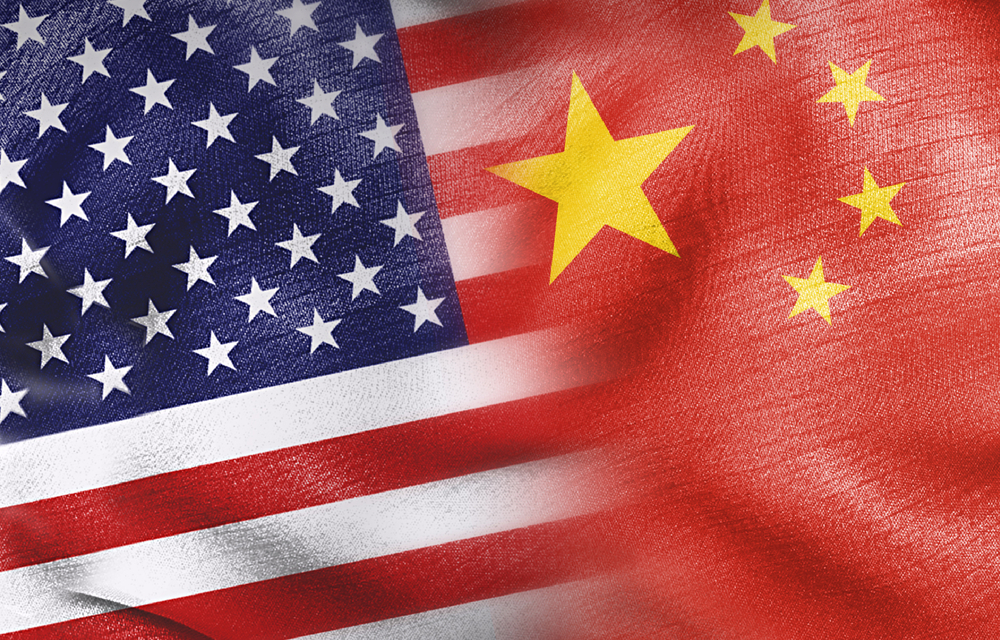India is accelerating its shift toward trade with the Global North through a series of strategic agreements with the US, UK, EU, Australia, and New Zealand. As it seeks to position itself as a global economic leader, these moves reflect India’s effort to diversify markets, reduce tariff vulnerabilities, and strengthen its Indo-Pacific presence
For the last five years, global international trade has been impacted by the COVID-19 pandemic, regional conflicts, global inflation, and geopolitical competition. These changes have pushed countries to re-evaluate and shift their dependence on trade through bilateral relations, where they can achieve strategic advantage. In this respect, India has been proactive, forging new trade deals and reactivating dormant ones, shifting its attention towards the states of the global north.
Despite President Donald Trump’s imposition of reciprocal tariffs of 27 percent on 2 April, India responded to the tariffs as a “mixed bag” instead of “setbacks.” It has become clearer now that the Indian and the US trade negotiations that began in February have been finalised, announced on 15 April, and is expected to boost trade from $200 to $500 billion by 2030. This is a result of the “Mission 500” agenda which emerged from Prime Minister Narendra Modi’s visit to Washington in February 2025, and India’s openness to slashing tariffs on over half of the $23 billion worth of US imports, including items such as jewellery, gems, pharmaceuticals, and auto parts during this first phase.
During the 90-day pause on tariffs, it will be crucial to observe if India’s tariff cuts on US imports result in an exemption from Trump’s reciprocal tariffs or the imposition of a new 10 percent reciprocal tariff as trade negotiations continue.
While the world is plunged into economic uncertainty, India is looking for more markets to trade in. Modi seeks to make India a Vishwaguru (world leader) and Vishwamitra (friend to the world) in global trade. In the last five years, India has signed 13 Free Trade Agreements (FTAs), expanding trade relations and its connectivity in different directions, and particularly with the Middle East, Latin America, East Asia, and very recently ASEAN. To cement its global trade relations further, in 2025 India is seeking to boost trade partnerships with the UK, EU, and US.
India and New Zealand have relaunched formal trade negotiations after a decade of derailed trade talks, with the intention of negotiating a FTA to enhance supply chain integration and improve market access. To this end, ministerial meetings between India’s Commerce and Industry Minister, Piyush Goyal, and New Zealand’s Minister of Trade and Investment, Todd McClay, took place on 16 March 2025. The bilateral trade deal, if enacted, would increase trade in agricultural, aerospace, renewable energy, and tourism sectors. For India, this would bolster ties and cater to its growing presence in the Indo-Pacific region.
Meanwhile, after nearly a year of negotiations being paused ahead of the general elections in both nations, India and the UK have restarted free trade talks toward enacting a bilateral free trade agreement. The trade negotiations aim to enhance trade and investments by lowering tariffs and non-tariff barriers, while also promoting growth opportunities in the technology, healthcare, education, and employment sectors between India and the UK. An FTA would improve relations between the two countries while catering to their need for trade diversification and supply-chain resilience, reducing their dependence on China. This also caters to their common strategic interests in the evolving Indo-Pacific region.
And finally, the India-Australia Economic Cooperation and Trade Agreement (ECTA) of 2022, and entered into force in December 2024, aims to develop four sectors, clean energy, education and skills, agribusiness and technology, and tourism between India and Australia.
At the announcement of the roadmap for Australia’s Economic Engagement with India announced in February 2025 Prime Minister Anthony Albanese stated: “This Roadmap is critical to helping us fully realise our potential with India, which will be a boon to Australia’s economy, our businesses and jobs, and our prosperity.” The trade relationship is likely to boost not only Australia and India’s economies, business opportunities, and jobs, but also strengthen diplomatic and strategic interests in the Indo-Pacific region, particularly as both nations are members of the Quad.
Presently, Indian President Shri Droupadi Murmu is on tour in Portugal and Slovakia, displaying efforts by the Indian state to rekindle and renew bilateral diplomatic ties. These efforts make it visible that India is working towards expanding its global reach beyond its immediate region of South Asia as an aspiring global trade power.
In sum, India is working to find alternative markets that diversify its interests from traditional trading partners. New Delhi is also working to improve trade relations and connectivity diplomacy with other states of the global north. Through efforts to develop economic ties with New Zealand, the UK, US, and Australia, India is ensuring a path to growing strategic interests in the Indo-Pacific region—one that reduces leverage of US trade tariffs. All these steps will help India secure a strong footprint globally in its quest to become a Vishwaguru and Vishwamitra—a significant player in the global power competition.
Dr Marilyn Kwan Kharkongor is a Sessional Lecturer, Department of Government and International Relations, Faculty of Arts and Social Science, The University of Sydney.
This article is published under a Creative Commons License and may be republished with attribution.




